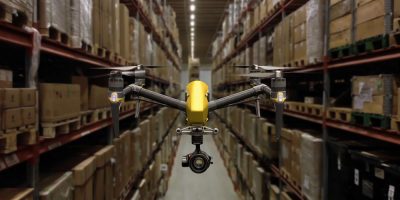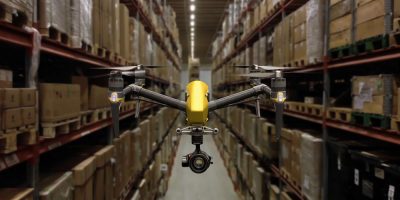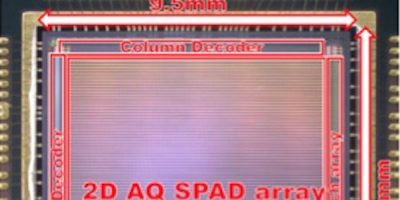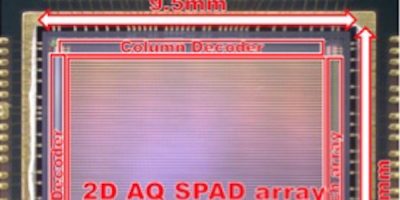Software developed by Ericsson is claimed to represent a milestone for 5G New Radio (NR) general availability.
The software enables 5G NR to operate independently of 4G networks, leading to higher levels of performance and new capabilities, says the company. Standalone 5G NR delivers faster connection times and instant access to wide bands to offer a better user experience.
The standalone 5G NR software can be used by communications service providers to operate 5G NR without the need for signalling support from an underlying LTE network. This will allow service providers to add 5G NR to existing 4G sites with a simpler architecture, or deploy 5G independently in new areas such as factories, to support enterprise applications and services. All Ericsson Radio System equipment deployed since 2015 can support Standalone 5G NR capabilities with a software installation.
5G networks have been deployed in non-standalone (NSA) mode where the underlying 4G network layer supported the necessary signalling. Standalone 5G NR delivers faster network connection times, simpler mobility management and immediate access to wide 5G bands, explains Ericsson.
Per Narvinger, head of product area networks, Ericsson, says: “Over the past year, we have worked closely with many customers to successfully deploy non-standalone 5G. These 5G networks have enabled higher data speeds and new use cases”. He added that making the software to support standalone 5G NR networks generally available, will enable applications that require low latency, such as augmented and virtual reality (AR/VR), smart factories and connected vehicles.
With a super-fast response time, a standalone 5G NR device can connect six times faster to a standalone 5G network than a device operating in NSA mode, confirms Ericsson.
The software is available now. Ericsson’s partners, T-Mobile and Telstra have trialled the standalone 5G NR software on their commercial networks.
Abdul Saad, CTO, T-Mobile, says: “Standalone 5G is the next important step for wireless connectivity, with the potential to unleash a whole new range of future transformative applications”.
Channa Seneviratne, network and infrastructure engineering executive, Telstra, says: “As the first in Australia to enable Standalone 5G, we appreciate the significance of this milestone and how 5G will be a key enabler to create new opportunities for an even better user experience and new business models.”
Standalone 5G devices are expected to become available later in 2020.
JS Pan, general manager, wireless communication system and partnership, MediaTek, said the software “will help accelerate the roll-out of standalone 5G NR, which promises to significantly boost overall 5G network performance, furthering our efforts to bring consumers a superior mobile experience”.
With the general availability of standalone 5G NR software on low and mid bands, Ericsson now offers end-to-end standalone 5G, supported by the Ericsson 5G Core (5GC) and the company’s diverse 5G radio portfolio.







